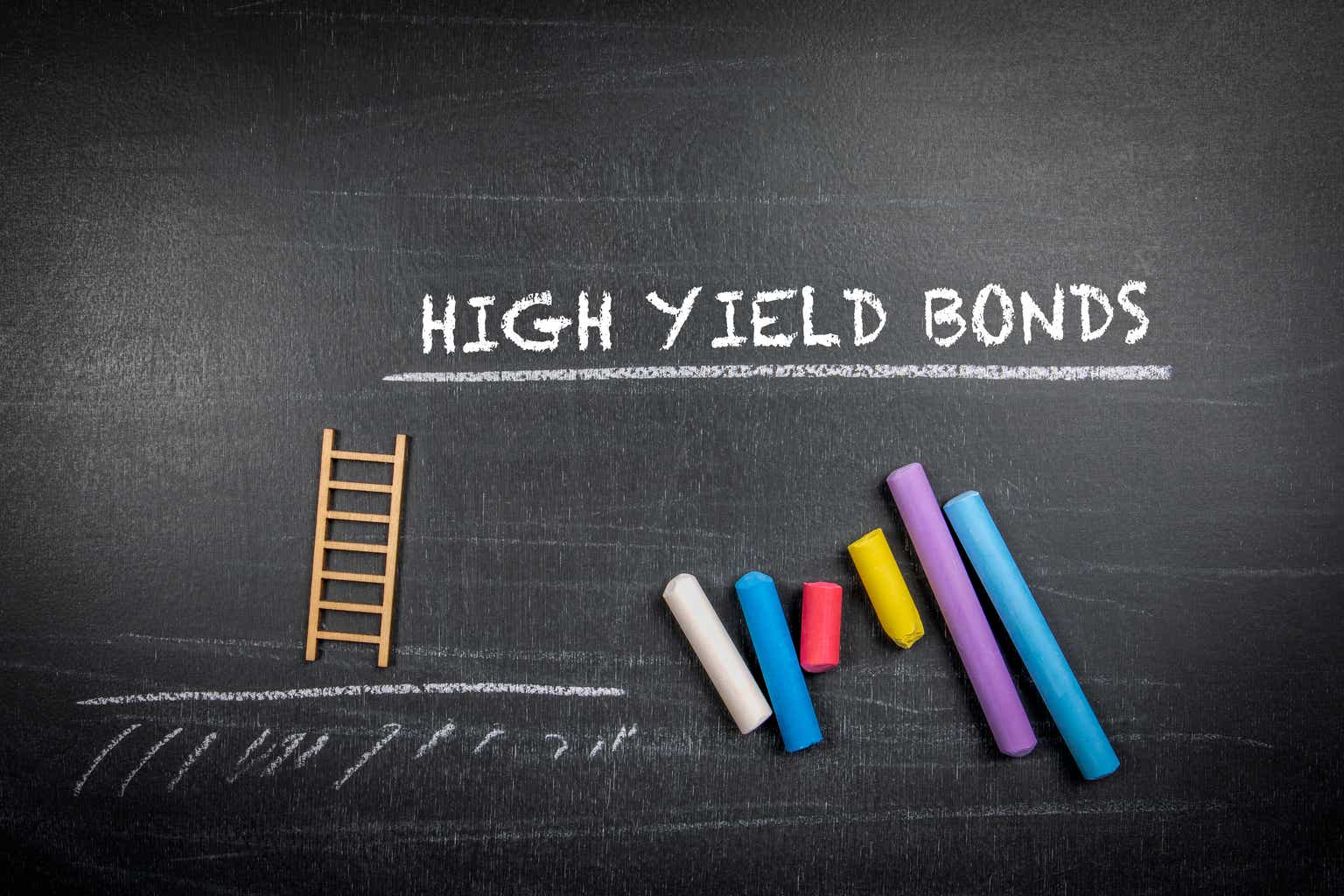The signing of the European Free Trade Agreement (EFTA) is the culmination of long, complex negotiations that began in January 2008 and a historic achievement for the governments of India, Iceland, Liechtenstein, Norway, and Switzerland.
Under the agreement, India has sought an investment commitment of $50 billion in the first 10 years of its implementation. It is expected to receive another $50 billion in investments over the following five years. In all, these investments aim to generate direct jobs for a million Indians. The FTA also includes a clause that allows India to withdraw tariff concessions if the $100-billion investment doesn’t materialise.
However, there is concern about the agreement from some quarters about the remedial measures that India can take if the investment doesn’t come through. These people have said that since foreign direct investment will come from the private sectors of the four-nation bloc and not their governments, there could be, in effect, no binding commitment.
These concerns, however, are misplaced. Linking trade preferences and tariff concessions to foreign direct investment is the fundamental starting point, and as the EFTA is implemented, procedural steps will fall into place. And even though governments won’t be making these investments, the fact that they are signatories makes the agreement part of their sovereign functions and thus binding.
Having said that, there could be some issues in implementing FTAs in general. One glaring example is that of the India-ASEAN FTA, which has been under review as India is looking for better market access. This review is crucial for India as the trade gap in FY23 was $43.57 billion in favour of the ASEAN countries. Countries such as Thailand have raised objections to customs regulations implemented in 2020 which provide for verification of rules of origin to safeguard against misuse of benefits. China exerts considerable influence over the ASEAN countries. For example, it is the largest source of foreign direct investment in Thailand, and the two countries have also increased cooperation in defense.
Regardless of Chinese influence, the Indian government is pushing hard for liberal, product-specific rules in electronics, chemicals and textiles, and has had some notable successes.
The EFTA gives Indian industry access to the EU market. It includes tariff concessions on processed agricultural products from India, eliminates duty on Swiss watches and chocolates after seven years, allows India to import machinery at cheaper rate, and also includes a commitment for audio-visual services such as gaming and animation. EFTA countries have provided significant concessions in service sectors, including accounting, auditing and legal. The visa process will be facilitated for intra-corporate transferees, contractual service suppliers, and independent professionals.
The EFTA is a part of the Trade and Economic Partnership Agreement (TEPA), in which India has included matters such as environment, trade, intellectual property rights and gender for the first time. TEPA is the fourth agreement of its kind that India has signed. The others were with Australia, Mauritius, and the UAE. According to the Confederation of Indian Industry (CII), improved market access for goods and services will boost India’s export potential to EFTA markets and expand employment opportunities.
The India-UK FTA is also in the pipeline and likely to be signed soon. This agreement, too, represents a timely step forward for both countries. The services sector will gain substantially from it because of the ease of setting up professional services centres.
These are remarkable achievements by the Indian government. FTAs are growth engines for India’s prosperity and global economic leadership at a time when China’s economy is struggling to emerge from its pandemic slump.
The author is an advocate and president of the Society of Indian Law Firms. He is also a former president of The Bar Association of India. Views are personal.
Unlock a world of Benefits! From insightful newsletters to real-time stock tracking, breaking news and a personalized newsfeed – it’s all here, just a click away! Login Now!
Download The Mint News App to get Daily Market Updates.
More
Less
Published: 24 Mar 2024, 01:01 PM IST















